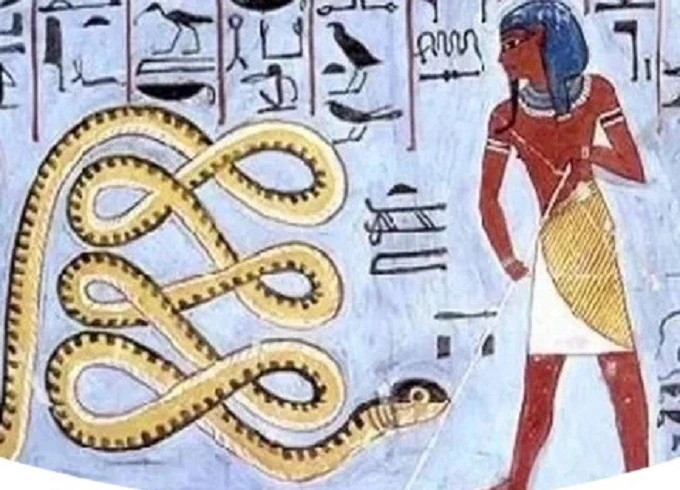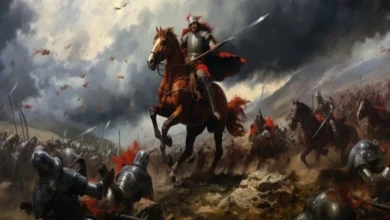The Land of Punt

The Land of Punt is an area spoken of in ancient Egyptian writings. It is sometimes called the “Land of the God”. To this mysterious place, the pharaohs gathered their expeditions.
In the literature of the ancient Egyptians, a region known as the Land of Punt is mentioned. There are those who refer to it as the “Land of the God”. Pharaohs would bring their armies together at this enigmatic location to conduct their campaigns.
Everything they brought back to Egypt, including the pharaohs, was received with great joy. The wealth that they took with them included, among other things, gold, fragrant resins, ivory, exotic woods, cosmetics paint, wild creatures, and so on and so forth.

The journey that Queen Hatshepsut led to the Punta countries, which is shown on the relief at Deir el-Bahri, took place in 1477 B.C. (now Luxor). The relief represents five ships, each around 20 meters long, laden with 210 people, gold, trees, and exotic creatures such as leopards, monkeys, and giraffes. The ships are shown as being full to capacity.
In addition to it, the reliefs depict buildings supported by wooden poles, dense flora, and a variety of exotic creatures. The precise location of this territory has not yet been determined by historians. It is generally accepted that this event took place on the coast of the Indian Ocean, in the region that is today known as the Horn of Africa.
During the XII Dynasty in Egypt, Punt became famous because of a papyrus called “The Story of a Shipwrecked Sailor”. In this papyrus, an Egyptian sailor engages in a debate with a gigantic serpent that refers to itself as “Lord of Punt”.
In the end, the Egyptian sailor is defeated by the snake. The snake then sent the sailor back to Egypt, this time with an abundance of riches, spices, and priceless animals.
In some of the older papyri, the country of Punt is referred to as “Ta netjer,” which literally translates to “Land of the God.” Pharaohs and priests were obligated to keep varied links with the old ancestral homeland due to the sentimental memories of the ancestral homeland as well as their economic interests in the region.

At the same time, archaeologists dug a dry lagoon known as the Mersa Gavasis and unearthed the remnants of an ancient port. This port was the departure point for the earliest journeys to the open ocean, such as Hatshepsut’s voyage. Ropes, anchors, steering oars, and other ship pieces were discovered by the explorers in the caverns.
The evidence points to the Egyptians using boats on their journey to Punt, which included journeying down the Nile to the Eastern Delta and beyond, all the way to the Red Sea.
The findings of biologists provide us with another hint. They have examined hair samples taken from mummified baboons found in the tombs and compared them with hair samples taken from live baboons found in Somalia, Yemen, Mozambique, and Uganda. And these examples are really similar to one another.
In the historical records, the journey to the “Land of the Gods” was made for the last time under the reign of Ramses III. After the period known as the New Kingdom, came to an end, the Land of Punt became a land of myth, becoming unreal and legendary in the process…




